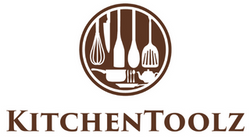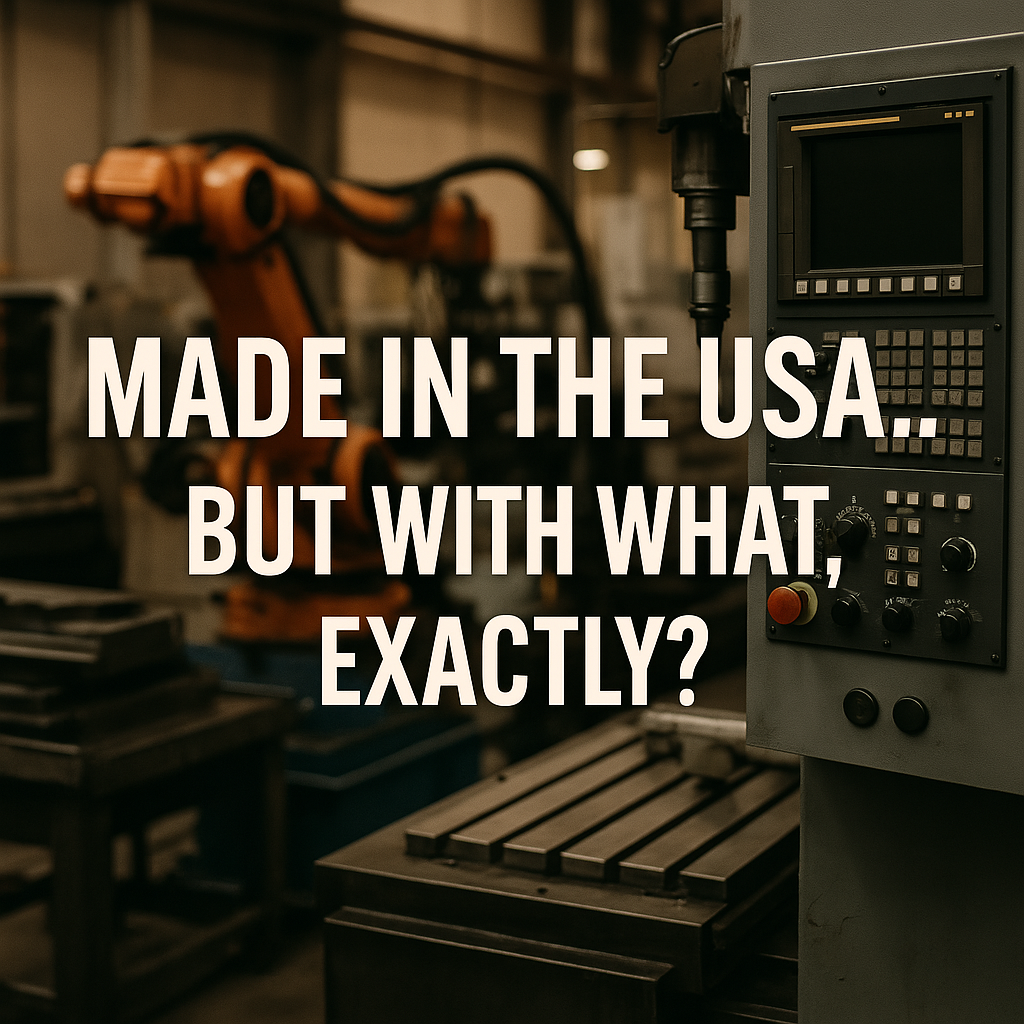So let’s say you're ready to move your manufacturing to the U.S. Great idea. Domestic production, faster shipping, patriotic vibes. Sounds like a solid plan—until you start asking one simple question:
With what machines?
Because here's the part nobody talks about: most of the tools, machinery, and components needed to do the actual manufacturing? Still made in China.
Your CNC machines, injection molding systems, automated conveyor belts, circuit board components—yep, a big chunk of them are shipped over from the very place you're supposedly “divorcing” your business from. So now, instead of importing finished goods, you're importing the stuff that makes the goods. Congratulations—you've just moved the dependency one layer down.
It’s like cooking a farm-to-table meal on a stove built overseas. Sure, the tomatoes came from a local farm—but you’re still flipping that omelet on a pan that crossed the Pacific.
And look, moving production closer to home does have some benefits. You get tighter quality control, better lead times, and potentially fewer headaches with customs. But let’s not kid ourselves—reshoring isn’t some magical escape hatch from global reliance. It just changes the shape of the relationship.
The reality is, there’s no “pure” supply chain anymore. Everything is interconnected. And in this new era of tariffs, trade tension, and surprise policy shifts, we’re learning that the real value isn’t just in low costs or national labels—it’s in flexibility.
So if you're thinking about going domestic, more power to you. Just don’t be shocked when your proudly American-made product still arrives in a box that says “parts sourced globally.”

